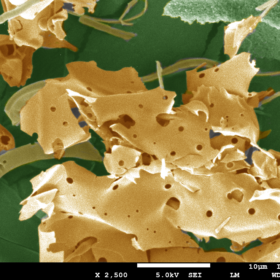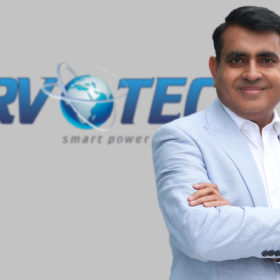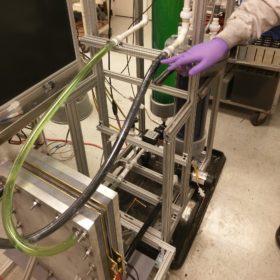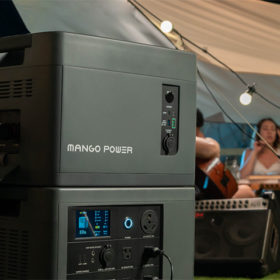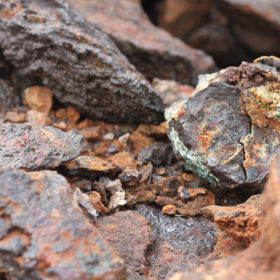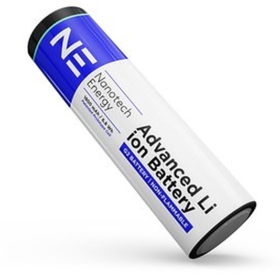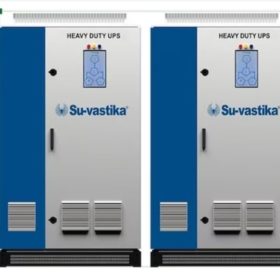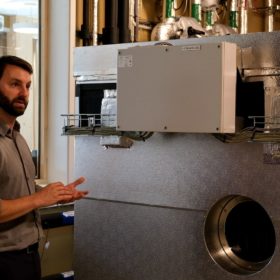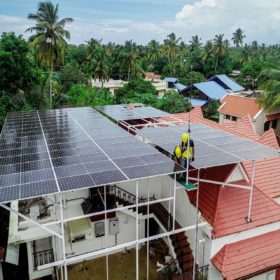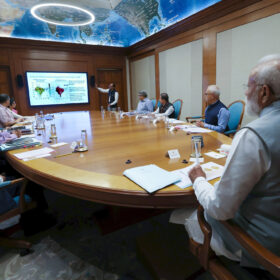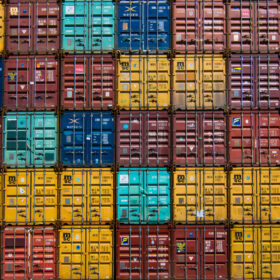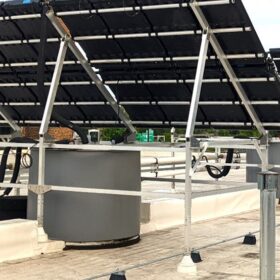New anode material could enable EV battery charging within 10 minutes
Researchers from the Indian Institute of Technology, Gandhinagar, and Japan Advanced Institute of Science and Technology (JAIST) have developed a two-dimensional (2D) anode material for lithium batteries by using nanosheets derived from titanium diboride. They found the new anode material leads to a discharge capacity of 174 mA h/g within 10 minutes at a current rate of 1 A/g.
Servotech secures DC fast EV charger contract from BPCL
Servotech has landed the contract to supply and install 800 units of DC fast EV chargers at BPCL’s retail sites and fuel and gas stations across the country.
Attero to invest $72.4 million in setting up ‘world’s most advanced’ Li-ion battery recycling plant in Telangana
The company already has a state-of-the-art lithium battery recycling plant in Roorkee, Uttarakhand, with a recovery efficiency of more than 98% across various battery materials. It said the new plant in Telangana will increase its Li-ion battery recycling capacity to 19,500 MT by the end of 2023 from the current 4,500 MT.
Novel redox flow battery paves way for low-cost storage
US researchers have facilitated the decoupling of power from energy design by incorporating a conducting carbon slurry in the negative electrolyte of an all-iron flow battery. In a new study, they describe the design considerations for slurry iron redox flow battery scalability.
Tdafoq Energy partners India’s Delectrik Systems for GWh-scale vanadium flow battery plant in Saudi Arabia
Tdafoq Energy will use Delectrik Systems’ technology to manufacture vanadium redox flow batteries in Saudi Arabia. Construction has already started on a manufacturing facility in Saudi Arabia, which will be scaled to a GWh capacity by 2025.
Mango Power unveils home and portable battery system
US-based Mango Power has developed a 3.5 kWh battery system that can be expanded up to 14 kWh. The product features LFP battery cells from CATL and can be charged through AC wall outlets, with solar panels, or via electric-vehicle chargers.
The long read: Cobalt clings on
Cobalt is key for boosting energy density and battery life, but it comes with caveats: expensive, scarce, and linked to unethical mining practices, wild price fluctuations, and a tenuous supply chain. In recent years, battery manufacturers and automakers have intensified efforts to reduce or eliminate cobalt in lithium-ion cathodes. But sometimes, old habits die hard, as pv magazine’s Marija Maisch explains.
Non-flammable, graphene-based lithium-ion batteries approaching stationary storage market
US-based Nanotech Energy’s graphene battery uses proprietary electrodes with a thermally stable separator, and non-flammable electrolyte that is said to be inexpensive to manufacture. The technology is said to be superior in terms of safety and competitive in terms of cell performance.
Su-vastika launches up to 500 kVA lithium battery UPS
The Indian solar startup has introduced lithium battery-based three-phase uninterruptible power supplies (UPS) with power ratings from 10 kVA to 500 kVA.
PCM-based thermal battery to store solar power via heat pump
Norway’s SINTEF has designed a heat storage system based on phase change materials (PCM) that can support PV generation and peak shaving. The battery’s container hosts 3 tons of liquid biowax based on vegetable oil and is now beating performance expectations at a pilot facility.
